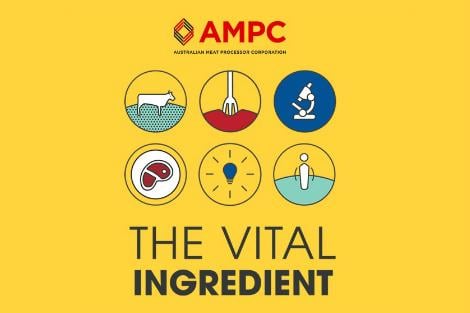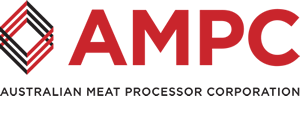
Feeding seaweed to cows to cut emissions, saving rural communities and developing new and profitable Australian food products. These are just some of the diverse items that will be on the agenda at our AMPC conference in Sydney at the end of the month.
The Australian Meat Processor Corporation (AMPC), the body that supports the red meat processing sector in Australia, will host the inaugural Vital Ingredient Sustainability Conference at the Four Seasons Hotel on the 29th and 30th of November.
A lineup of industry experts, including Professor Ted Schroeder from the US, Declan Troy from Ireland and Tim Ritchie from New Zealand will discuss risks facing the business that contributes $23 billion annually to the nation’s GDP and employs 134,000[1] people.
The conference is a sequel to the industry’s “Feast of Ideas workshop” held in Wagga Wagga recently that sought fresh inspiration for ensuring the sustainability and profitability of the red meat processing sector.
“Now we’re looking at how we can use best practices to become one of the best sustainable businesses in Australia,” explains AMPC chairman Peter Noble.
“Our industry has changed phenomenally over the past 20 years along with consumption patterns and the regulatory environment. Doing nothing now will mean we could lose value from the entire red meat supply chain.”
The search for answers will take the conference into new territory, like the “Internet of Things,” where everyday objects are connected, options for transforming meat to boost its acceptance in some markets, or methane-lowering seaweed stock feeds.
Some risks identified in the AMPC’s recently released Feast of Ideas sustainability report (feastofideas.com) will be best tackled by the entire supply chain collaborating more effectively, says Peter Noble.
“Lack of information sharing can disadvantage participants along the chain and lead to low levels of trust, and cooperation.”
Improving continuity of cattle supply and automation technologies that can cut processing costs will be important, too, if processors are to successfully deal with the threats facing them.
The conference will also feature the latest research and innovation in meat and food science and showcase innovative technology.
“The red meat industry is the foundation on which many rural communities are built,” says Peter Noble.
“I look forward to seeing its representatives at the conference to discuss how we best map out our shared future.”
AMPC The Vital Ingredient Conference
When: 29th & 30th November 2016
Where: Four Seasons Hotel, Sydney
[1] “Evaluating the Socio-economic benefit of the red meat processing industry in regional Australia: Milestone 5 Report”. Published September 2016.



